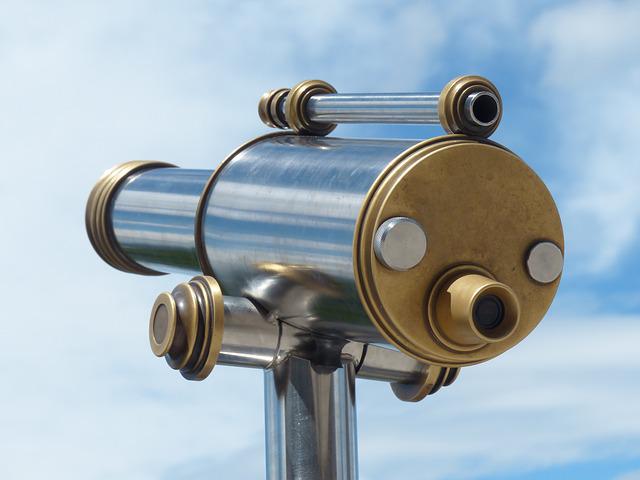The James Webb Space Telescope is an infrared observatory launched by an Ariane 5 rocket from Kourou, French Guiana, on December 25, 2021. It is the world’s most powerful ‘telescope’. On 25th January, 2022, the James Webb Space Telescope reached the point referred to as the second Lagrange point (L2) between the Earth and Sun. This point is 15,00,000 kilometres away from the Earth – more than four times as distant as the moon. The telescope is expected to work in this orbit for a decade or two, watching the birth of our universe
Delays and Interruptions
The James Webb Space Telescope was destined to fly in 2007 but much to the scientific community’s disappointment, the launch was delayed. A combination of engineering problems, political hesitancy and project management issues contributed to the delay of the much-awaited launch of the JWST.
For example, U.S. politicians threatened to pull funding for the James Webb Telescope in July 2011. Fortunately, in November 2011, the spacecraft was saved from all harm’s clutches.
Finally, astronomers rejoiced when the telescope was declared to be launched in March 2018. However, much to their frustration, the launch was once again delayed due to technical issues with the spacecraft. These issues were later rectified by the engineers.
In June 2018, an independent review board discussed and declared that the launch could be moved to March 2021, when the circumstances and the telescope were more stable.
The global coronavirus (COVID-19) pandemic in 2020 also impacted the JWST’s progress to make it to space. This led to another delay and NASA announced new launch date in July 2020. The new date for this historical launch was supposed to be October 31st, 2021.
The JWST’s team deserve to be applauded for their perseverance and determination towards the launch of this observatory. They faced difficult times and hardships but nevertheless kept pushing forward. However, the delays and interruptions kept coming.
In June 2021, the team encountered problems with the Ariane 5 launch vehicle. These issues pushed the launch date back to November or possibly early December 2021. In September 2021, NASA and ESA announced yet another delay for the launch. This delay was due to the observatory not being shipped on time. The observatory’s original location was in California and was supposed to be shipped to ESA’s launch site at Kourou in French Guiana. This prompted a new launch date given by the two agencies – December 18, 2021. However, bad weather conditions put a stop to the launch.
Finally, much to everyone’s relief and happiness, the James Webb Space Telescope launched on December 25, 2021, from ESA’s launch site at Kourou. The launch took place at 7:30 a.m. EST (1220 GMT; 9:20 a.m. local time in Kourou), on-board an Ariane 5 rocket.
Controversial Naming of the Telescope
The James Webb Space Telescope was previously known as the Next Generation Telescope. It was renamed the JWST in September 2002.
The JWST is named after former NASA chief James Webb. Webb took charge of the National Aeronautics and Space Administration from 1961 to 1968. He retired just a few months before NASA was able to put the first man on the moon.
The renaming of the telescope was not taken well by many. Online petitions were set up by critics to urge NASA to rename the telescope due to claims that James Webb was complicit in discrimination against LGBQT+ NASA employees during his tenure.


%201.png)